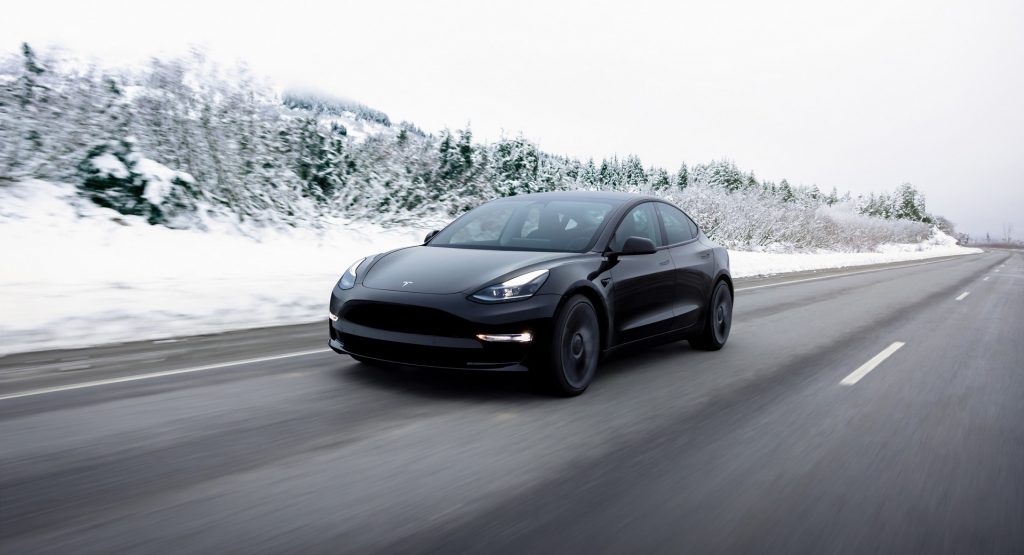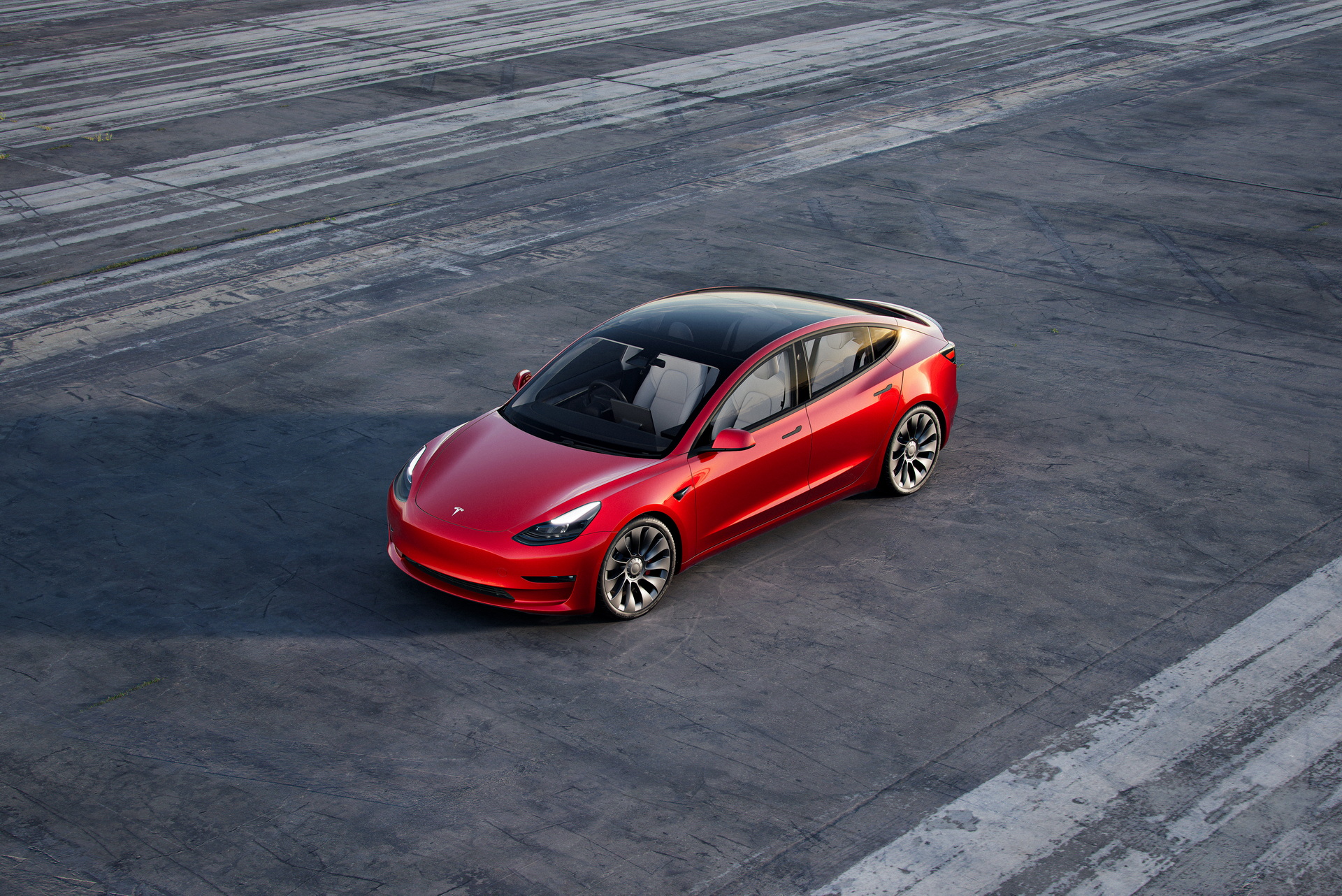Tesla’s most affordable model is receiving a considerable price increase in Germany, which also disqualifies it from the highest government incentives.
In mid-March, Tesla increased the cost of the long-range and high-performance trims of the Model 3 but left the base model’s price alone. Now, Tesla is increasing the price of the base model from just under €42,990 to €49,990, an increase of €7,000, or 17 percent.
The price increase isn’t the only bad news either, since the Model 3 is now considered a “luxury car” in Germany, it isn’t eligible for the highest government electric car subsidy, increasing the cost even more.
Related: Tesla Model 3 Outsold BMW’s 3-Series In Europe For The First Time Ever In 2021
Normally, there’s an environmental bonus of €9,000, with €6,000 coming from the state and €3,000 from the manufacturer. However, Germany recently introduced a new law that reduces the rebate to €5,000 for any car priced in the €40,000-65,000 range, with the manufacturer contributing €2,500. That’s a difference of €1,500 from before.
“The missing €500 from the manufacturer can be found in the purchase price at Tesla, while the missing €1,000 from the state subsidy are felt by buyers immediately, since the reimbursement after the purchase will simply be lower,” writes German publication Stern. “If you add up the effective additional costs, a Tesla Model 3 is now €8,000 – or 21 percent – more expensive” than before, says the magazine.
The Model 3 is in extremely high demand, especially in Germany where it is currently the most frequently registered new electric car. On Tesla’s order site, the cheapest Model 3 is showing a delivery date of May 2023.
Germany will also be reorganizing its electric and plug-in hybrid vehicle subsidies for 2023, meaning that buyers may also be paying more depending on when they receive their vehicle, as the subsidy claim is made on the registration date, not the date of purchase.
Read More: Tesla’s Price Increases Pushes Model 3, Model Y Out Of Eligibility For $2,000 California Rebate
Tesla did not offer a reason for the price increase, but there are many factors that could be at fault in addition to high demand. One of them might be the fact that nickel costs have skyrocketed, making it expensive for EV manufacturers to build batteries.
Moreover, raw material costs are increasing for all automakers, and worldwide microchip shortages have caused some manufacturers to ship vehicles without certain features.





